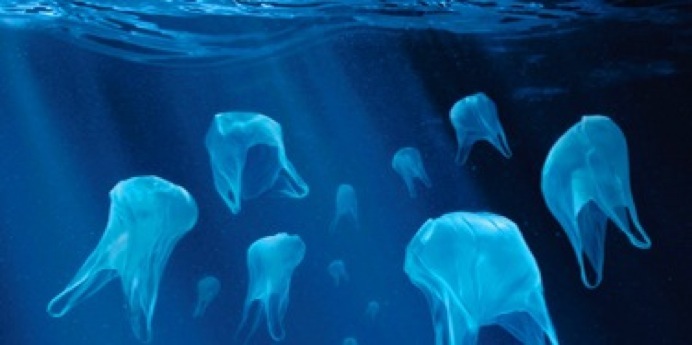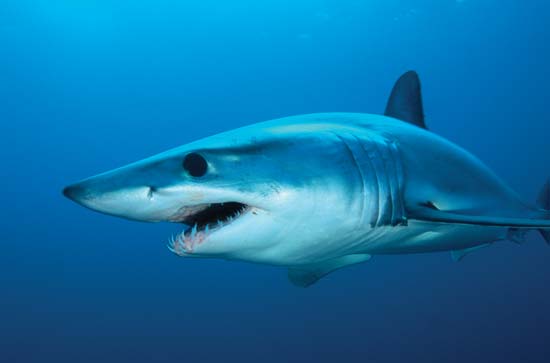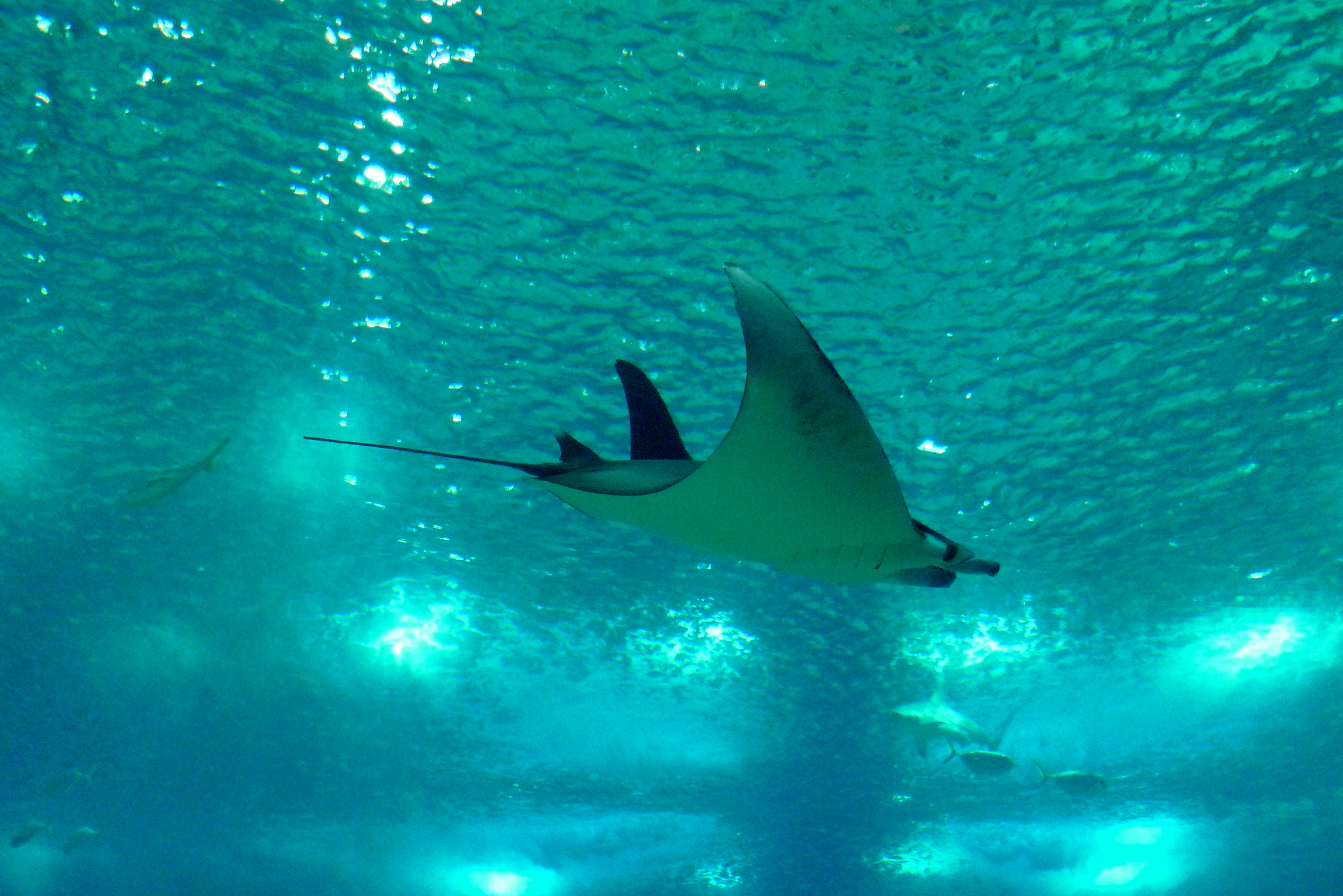1. California First State to Ban Bags
 Single-use plastic bags are now officially banned in the state of California! This week, Governor Jerry Brown signed the bag ban legislation, which goes into effect in July 2015 for large grocery stores and in 2016 for smaller businesses. With the ban, the state joins more than 100 California municipalities, including Los Angeles and San Francisco, that have already banned plastic bags. The new legislation is being hailed as a win-win for both the environment and job growth. Read more here…
Single-use plastic bags are now officially banned in the state of California! This week, Governor Jerry Brown signed the bag ban legislation, which goes into effect in July 2015 for large grocery stores and in 2016 for smaller businesses. With the ban, the state joins more than 100 California municipalities, including Los Angeles and San Francisco, that have already banned plastic bags. The new legislation is being hailed as a win-win for both the environment and job growth. Read more here…
On the third annual oceans report card from the Ocean Health Index, the state of the world’s oceans has been given a score of 67 out of 100, or an overall “D” grade. Scientists assigned the grade based on a rigorous analysis of the ecological, social, economic, and political factors impacting the oceans. The goal of the index includes raising awareness on marine issues and helping countries make sound policies regarding the oceans. Read more here…
3. Analysis Reveals Shark Attacks Associated With Hand-Feeding
 Researchers have analyzed five shark attacks along the beaches of Sharm El-Sheikh, Egypt, in 2010 to gain an understanding of the different factors contributing to these unprovoked attacks. The oceanic whitetip shark was responsible for three of the five attacks, while the short fin mako shark was behind the other two attacks. Analysis of the attacks suggests that the sharks have become habituated to hand-feeding by dive operators, and now associate swimmers with feeding time. Read more here…
Researchers have analyzed five shark attacks along the beaches of Sharm El-Sheikh, Egypt, in 2010 to gain an understanding of the different factors contributing to these unprovoked attacks. The oceanic whitetip shark was responsible for three of the five attacks, while the short fin mako shark was behind the other two attacks. Analysis of the attacks suggests that the sharks have become habituated to hand-feeding by dive operators, and now associate swimmers with feeding time. Read more here…
4. Indonesia Cracking Down on Endangered Ray Trafficking
5. Tiny Marine Creatures Can Produce Large Seawater Currents
The collective movement of small crustaceans could be affecting the mixing of seawater. Scientists believe that when these tiny creatures swim together in a giant mass, they are contributing to large marine currents that help mix the seawater. Studies are currently being done in the lab using lasers to help guide the crustacean migration in water seeded with glass spheres to visualize fluid flow. Read more here…







